The Hobby Hole: Fishkeeping
Fish may not be the first animal you think of when considering a pet, but maybe we can convince you otherwise
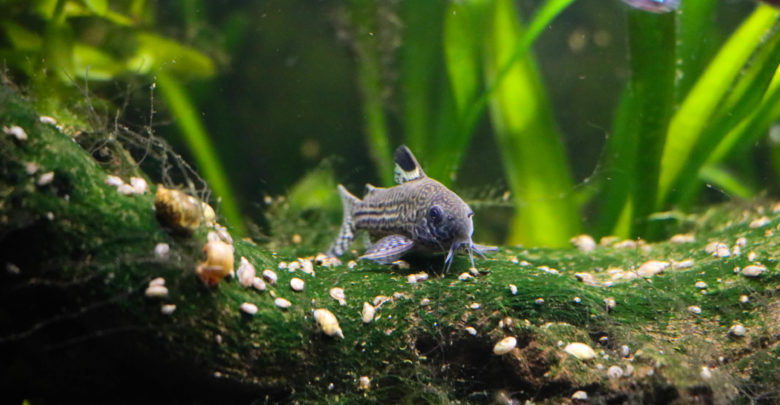 Jillian Metcalfe
Jillian MetcalfeThe Hobby Hole is a series where our writers share their hobbies and interests.
Considering how easy it is to purchase a little goldfish or betta, there are a lot of nuances to fishkeeping that only dedicated fish-owners are aware of.
Since my boyfriend and I are renting, our lease doesn’t allow us to have furry friends. I wanted something small and cute to take care of that would love me, and a solution staying within our lease agreement was to get a fish. That decision took us down the surprisingly deep rabbit hole of fishkeeping.
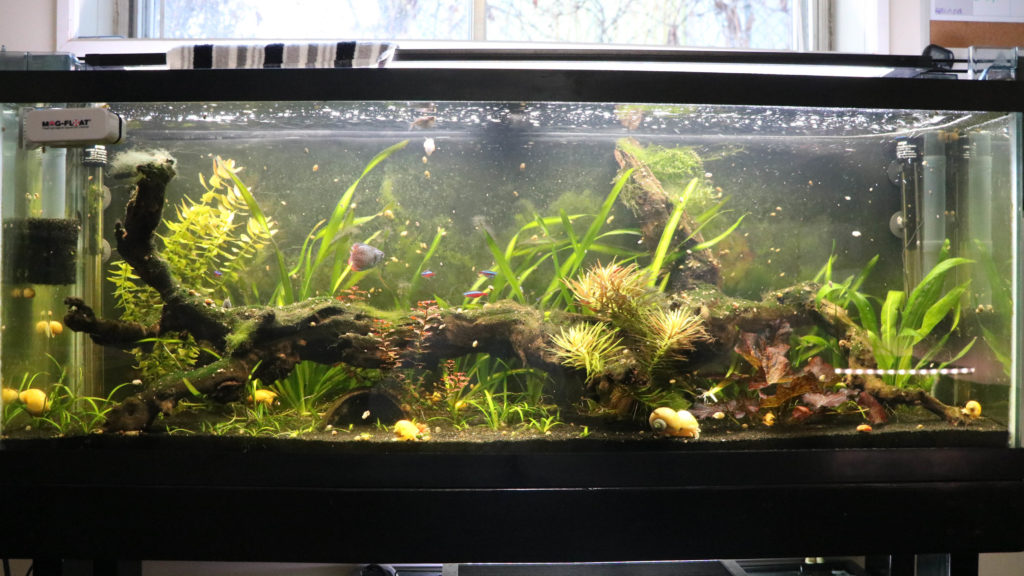
My and boyfriend and I now have seven fish tanks varying from 55 gallons to five gallons. This is what fishkeepers call “multi-tank syndrome” — as soon as you get one tank you need to get more. You might end up with several different themed tanks as simple as Davy Jones Locker, or as involved as a Labyrinth Aquarium.
Despite wanting more and more fish, you have to be mindful of which species can be housed together. Larger tanks should have fish selected based on categories such as schooling/shoaling fish, the showpiece fish, and the clean-up crew. You can add non-fish animals as well, my personal favourite being the mystery snails, growing to the size of a mandarin orange and have the sweetest little faces.
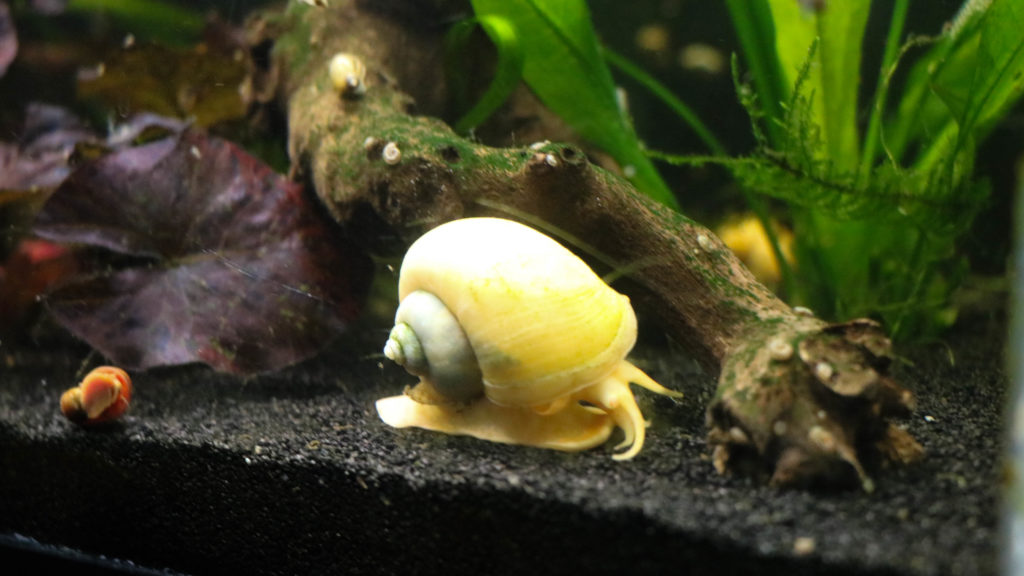
If you are considering getting a fishie friend for your home, there are some tips/tricks you should know. It will take about a month of running an empty tank before you can introduce fish. This is called tank cycling, and it is an important step often not talked about. Tank cycling is all about safely cycling the nitrogen in the tank. It converts the naturally found forms of nitrogen that are toxic to fish (ammonia and nitrite) into a form that fish can tolerate in larger quantities (nitrate). You will eventually have to remove the nitrate with regular water changes.
These processes are done with the bacteria that grow and thrive in your filters and substrate, such as nitrobacter, nitrosomonas, and cyanobacteria. When starting a new tank, you should add some bacteria culture to speed up the colony process. You can buy bacteria culture from most fish stores.
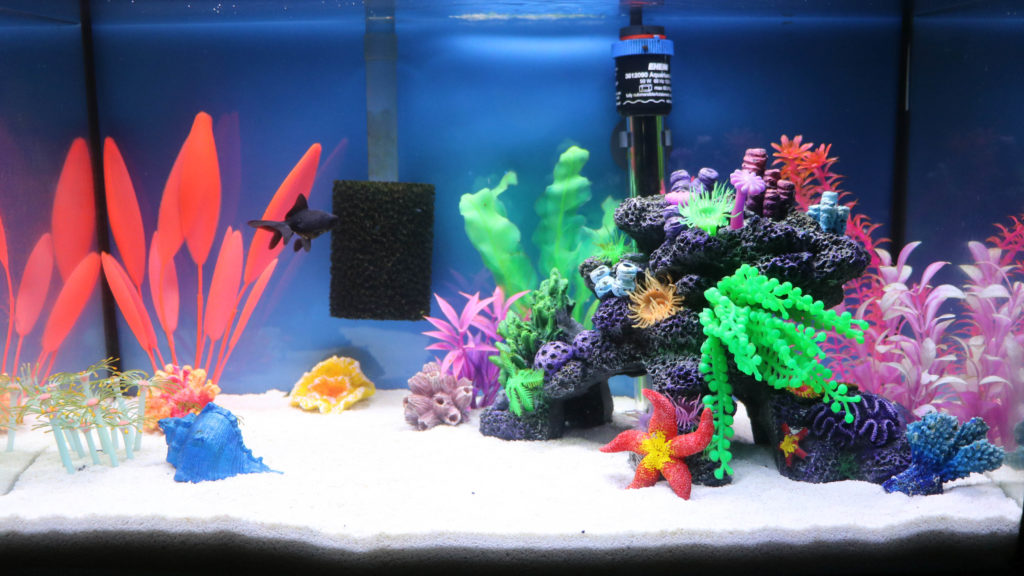
The maintenance of tanks is fairly easy once a tank is established! Test the water every once in a while and make note of any changes in temperature, pH, ammonia, nitrite, and nitrate levels. Keep an eye on the amount of waste at the bottom of the tank, and if it gets dangerous for your specific fish, consider gravel-vacuuming the tank and changing the water.
If you plan on getting more than one fish, consider having a ‘quarantine’ tank so that you can isolate any fish that you bring home. This allows you treat any diseases or disorders they might have without exposing your other fish. Keeping new fish in the quarantine tank for about two to three weeks will save you the heartache of losing an entire tank of fish due to flatworms or other contagious diseases.
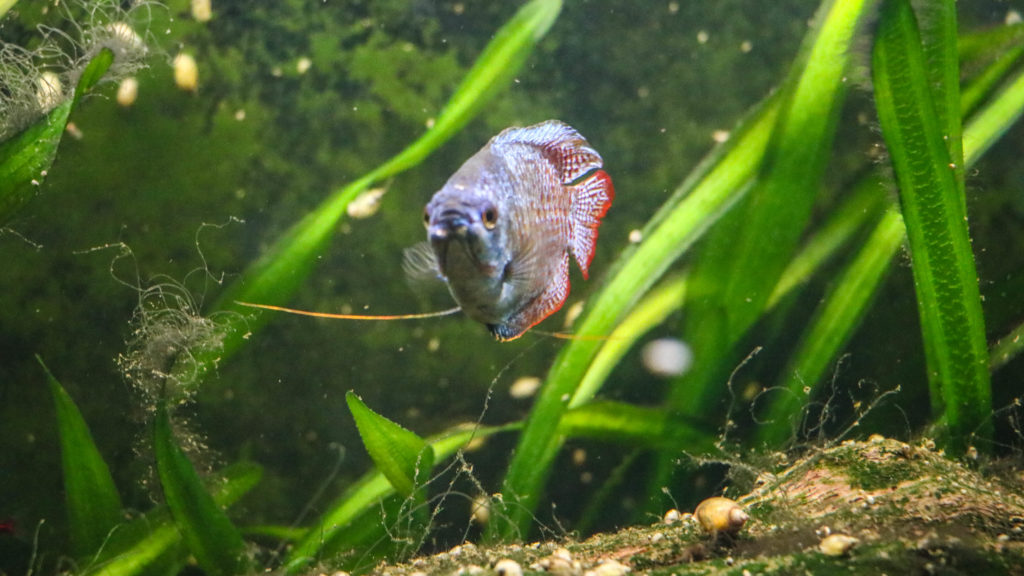
Some fish are full of personality and will even recognize you when you walk by the tank. Our dwarf pufferfish Pogo is about the size of a dime and will swim to the front of the tank when we come near it and put on a show for guests when he’s fed snails. Our angelfish will also come greet us and tell us how he’s feeling by manipulating his scale colour from brilliant blue to silver to black.
It’s really satisfying to watch your fish grow and thrive in the little community that you built. Maintaining the tank is a labour of love, but it’s absolutely worth it to see how happy the fish are when the plants that you placed in there three weeks ago have grown to the top of the tank! If you can’t have furry friends, fishie friends are a pretty awesome alternative.




